30 Best Botanical Illustration Ideas You Should Check

Source: Angelarizza, Major Mitchell Cockatoo, DeviantArt, https://www.deviantart.com/angelarizza/art/Major-Mitchell-Cockatoo-804300281
Botanical illustration is more than just drawing flowers and leaves—it’s a celebration of nature, a fusion of art and science, and a timeless trend that never fades. Whether you're an artist, designer, or nature lover, exploring the best botanical illustration ideas can spark creativity and elevate your work.
From delicate watercolor florals to bold, vintage-style ink drawings, botanical illustration comes in endless styles, each with its own charm. Want to add a modern twist? Try minimalistic line art that captures the essence of plants with just a few strokes. Looking for something classic? Victorian-inspired botanical prints never go out of style. And for those who love color, lush, detailed gouache paintings of tropical plants bring a vibrant energy to any project.
In this article, we’ll dive into some of the most inspiring botanical illustration ideas that showcase the beauty of nature in unique ways. Get ready to be inspired by the intricate details, stunning colors, and creative techniques that make botanical illustration an evergreen art form!
Botanical Illustration Ideas

Source: Evgeniabel, Light My Words, DeviantArt, https://www.deviantart.com/evgeniabel/art/Light-my-words-648645543

Source: Angelarizza, Aureate, DeviantArt, https://www.deviantart.com/angelarizza/art/Aureate-792224897

Source: Chukki-Kukki, Flowered, DeviantArt, https://www.deviantart.com/chukki-kukki/art/Flowered-879772457

Source: Tetianakorobeinyk, Gran Bouquet In Vase, DeviantArt, https://www.deviantart.com/tetianakorobeinyk/art/Gran-bouquet-in-vase-876758929

Source: Angelarizza, Cockatiel And Pineapple, DeviantArt, https://www.deviantart.com/angelarizza/art/Cockatiel-and-Pineapple-852430090

Source: Evgeniabel, Field Flowers, DeviantArt, https://www.deviantart.com/evgeniabel/art/Field-flowers-763786204

Source: Lynnehendersonart, Columbine, DeviantArt, https://www.deviantart.com/lynnehendersonart/art/Columbine-790394944

Source: Kimheiseart, Sea Grape Relationships, DeviantArt, https://www.deviantart.com/kimheiseart/art/Sea-Grape-Relationships-719121090

Source: Irene Laschi, Alpine Poppies, Dribbble, https://dribbble.com/shots/16070984-Alpine-Poppies

Source: Bigredsharks, Ambergris, DeviantArt, https://www.deviantart.com/bigredsharks/art/Ambergris-3-880363787

Source: Evgeniabel, Cherryblossom Alley, DeviantArt, https://www.deviantart.com/evgeniabel/art/Cherryblossom-alley-750800866

Source: Fatemehhadi, Stylish Spring, DeviantArt, https://www.deviantart.com/fatemehhadi/art/Stylish-Spring-839761670

Source: Zersen, DeviantArt, https://www.deviantart.com/zersen/art/book-cover-illustration-135781915

Source: Laura Moyer, Geraniums, Dribbble, https://dribbble.com/shots/5993708-Geraniums

Source: Syntetyc, Robin And Blackberries, DeviantArt, https://www.deviantart.com/syntetyc/art/Robin-and-blackberries-885802056

Source: Leac-Art, All As One, DeviantArt, https://www.deviantart.com/leac-art/art/All-As-One-887084849

Source: Silenoswithaleopard, Spring Flowers, DeviantArt, https://www.deviantart.com/silenoswithaleopard/art/Spring-Flowers-789554533

Source: Lynnehendersonart, Summer Flower Heads, DeviantArt, https://www.deviantart.com/lynnehendersonart/art/Summer-Flower-Heads-coloured-pencil-31-by-21-5cm-893504781

Source: Angelarizza, Tipsy Turaco, DeviantArt, https://www.deviantart.com/angelarizza/art/Tipsy-Turaco-702764750

Source: Lucas-Bo, Gardeners, DeviantArt, https://www.deviantart.com/lucas-bo/art/Gardeners-807647513

Source: AInvasart, The Living Invention, DeviantArt, https://www.deviantart.com/ainvasart/art/The-Living-Invention-Botanical-experiment-AI-art-957302434

Source: Pixelbuddha, Vinntage Herbarium, Dribbble, https://dribbble.com/shots/5835780-Freebie-Vintage-Herbarium-Illustrations-2

Source: Ebjeebies, Wisteria, DeviantArt, https://www.deviantart.com/ebjeebies/art/Wisteria-771207660

Source: Aleksandra Savicheva, Yellow Warblers on an Apple Tree, Behance, https://dribbble.com/shots/25916368-Yellow-warblers-on-an-apple-tree

Source: Lalalandofclouds, Thankful, DeviantArt, https://www.deviantart.com/lalalandofclouds/art/Thankful-900376808

Source: Heikala, Forgotten, DeviantArt, https://www.deviantart.com/heikala/art/Forgotten-891360257

Source: Julia Gosteva, Wild Bloom, Behance, https://www.behance.net/gallery/217855903/Seamless-Pattern-Wild-Bloom

Source: Thepyf, Fana Alfirin, DeviantArt, https://www.deviantart.com/thepyf/art/Fana-Alfirin-353580714

Source: Manoou-Art, Goldfish and Peonies, DeviantArt, https://www.deviantart.com/manoou-art/art/goldfish-and-peonies-841405649

Source: Angelarizza, Major Mitchell Cockatoo, DeviantArt, https://www.deviantart.com/angelarizza/art/Major-Mitchell-Cockatoo-804300281
What Are the Key Elements of Botanical Illustration?
Botanical illustration is more than just drawing plants—it’s about capturing their essence, structure, and beauty in the most detailed and aesthetically pleasing way. Whether you’re a budding artist or a seasoned illustrator, understanding the key elements of botanical illustration is essential to mastering this timeless art form. Let’s break it down into five must-have components that make botanical illustrations truly shine!
Scientific Accuracy Meets Artistic Flair
Botanical illustration isn’t just about making pretty pictures of flowers; it’s about combining artistic expression with scientific accuracy. Every leaf, petal, and stem should be drawn in a way that represents the real-life plant as faithfully as possible. That means studying plant structures, understanding their growth patterns, and even getting a little nerdy about botanical terminology. But don’t worry—it’s not all about being rigid! The best botanical illustrations strike a balance between precision and creative interpretation, bringing plants to life with style and charm.
Mastery of Detail and Texture
When it comes to botanical illustration, details matter—a lot. From the delicate veins on a leaf to the intricate textures of bark, every small feature helps make the illustration more lifelike. Observing real plants up close (or using high-quality reference photos) is key to capturing these fine details. Whether using ink, watercolor, or digital tools, artists often layer shading and highlights to bring out depth and realism. The goal? To make the viewer feel like they could almost touch the plant and sense its texture through the paper!
Precision in Line Work and Composition
The foundation of a strong botanical illustration lies in its line work. Clean, confident lines create a strong structure, while varied line weights help add dimension and movement. Whether you prefer delicate pencil sketches or bold ink outlines, precise line work ensures the plant is easily recognizable. Composition also plays a huge role—how the plant is arranged on the page can enhance its visual impact. Some illustrations focus on a single bloom, while others feature the entire plant, including roots and seed pods, for a more comprehensive study.
Thoughtful Use of Color and Shading
Color is where botanical illustration really starts to bloom! Many traditional botanical illustrators use watercolor for its ability to create soft, transparent layers that mimic the delicate nature of petals and leaves. However, colored pencils, gouache, and digital painting also produce stunning results. Paying attention to the plant’s natural hues and subtle gradients adds depth and realism to the artwork. Shading techniques such as stippling, cross-hatching, or wet-on-wet painting can enhance the three-dimensional look, making the plant appear as if it’s gently basking in the sunlight.
A Love for Nature and Observation
Perhaps the most important element of botanical illustration is a genuine love for plants and nature. Great botanical illustrators are also great observers—they notice the tiniest details, the subtle color shifts, and the way a leaf curls at the edges. Spending time in gardens, studying plant specimens, and even growing your own botanical subjects can inspire your work. The more you connect with nature, the more your illustrations will reflect its true beauty.
Mastering these key elements will help you create botanical illustrations that are both stunning and scientifically meaningful. So grab your sketchbook, head to the nearest greenhouse, and start bringing the beauty of the plant world to life on paper!
What Are the Best Color Palettes for Botanical Illustration?
Color is the heartbeat of botanical illustration. It brings plants to life, enhances details, and sets the mood of your artwork. Whether you want your illustrations to be soft and dreamy or bold and striking, choosing the right color palette is key. But with endless shades to pick from, where do you start? Let’s explore five of the best color palettes that work beautifully in botanical illustration!
Natural Greens and Earthy Tones
When in doubt, go green! The most classic botanical illustration palette revolves around different shades of green, from deep forest hues to bright springtime tones. Pairing greens with earthy browns, warm yellows, and muted beiges helps create a natural, organic feel. This palette works exceptionally well for realistic plant studies, showcasing leaves, stems, and foliage with lifelike accuracy. If you want to elevate this look, try incorporating olive greens, mossy tones, and soft ochres for extra depth.
Soft Pastels for a Dreamy Effect
If you love delicate and elegant floral illustrations, pastel color palettes are a perfect choice. Think soft blush pinks, muted lavenders, pale peaches, and powdery blues. These shades give botanical illustration a light, airy feel, making them ideal for watercolor-based artworks and vintage-style compositions. A pastel palette is also great for depicting gentle flowers like peonies, cherry blossoms, and magnolias. For an extra touch of charm, mix pastels with warm neutrals like cream and sand to create a soft, romantic vibe.
Vibrant Tropicals for a Bold Look
Want to make your botanical illustration pop? Go tropical! A vibrant palette filled with fiery oranges, deep magentas, electric blues, and rich emerald greens captures the energy of exotic plants and flowers. This color scheme is perfect for hibiscus flowers, monstera leaves, and bird-of-paradise blooms. The contrast between warm and cool tones in this palette creates dynamic, eye-catching compositions. If you love experimenting with color, don’t be afraid to push the saturation levels and embrace bold, high-energy hues!
Moody and Dark Botanicals
Who says botanical illustration always has to be bright? A moody, dark color palette can give your artwork a striking, dramatic edge. Deep burgundies, rich plums, forest greens, and charcoal grays create a sophisticated and mysterious atmosphere. This style works beautifully for vintage botanical prints, nighttime floral compositions, or gothic-inspired plant studies. Pairing dark backgrounds with glowing highlights on petals and leaves can create a mesmerizing contrast that makes your artwork feel almost luminous.
Monochrome and Sepia-Toned Elegance
Sometimes, less is more! A monochrome palette, using just one color in varying intensities, creates a refined and artistic effect. Black and white botanical illustration done in ink or graphite is timeless and works well for detailed line work and intricate studies. For a vintage aesthetic, a sepia-toned palette with warm browns and golden hues adds an old-world charm. This color approach is great for botanical prints, logo design, and classic botanical studies that focus on form and detail rather than a burst of color.
No matter which palette you choose, color in botanical illustration is all about capturing the beauty of nature in a way that speaks to your artistic vision. Whether you prefer soft pastels, moody tones, or vibrant tropicals, the key is to experiment and find what feels right for your style.
What Are the Most Popular Styles in Botanical Illustration?
Botanical illustration has evolved over centuries, blending science with art in breathtaking ways. From classic, detail-rich renderings to modern, expressive interpretations, there’s a botanical illustration style for every type of artist and nature enthusiast. Whether you prefer vintage botanical prints or minimalist plant sketches, exploring different styles can help you find your unique artistic voice. Let’s dive into five of the most popular styles in botanical illustration!
Traditional Scientific Botanical Illustration
This is where it all started! Traditional scientific botanical illustration focuses on accuracy and detail, often used for educational and scientific purposes. These illustrations highlight every part of the plant—leaves, flowers, stems, and even roots—with a clear, lifelike approach. The goal is to make the illustration so precise that botanists can use it to study plant species without needing a real specimen. Watercolor is the medium of choice, allowing for delicate layering and fine details. If you love meticulous work and want to capture nature in its truest form, this is the style for you!
Vintage Botanical Prints
Vintage botanical illustration takes inspiration from old-world botanical studies, often featuring warm, slightly muted tones and fine ink outlines. Think of those charming 18th and 19th-century botanical prints that look like they belong in an old library or a museum collection. This style often includes elegant handwritten labels and scientific names, adding to the nostalgic aesthetic. Artists use ink, gouache, and watercolor to create a timeworn feel, making it perfect for decorative prints, wallpaper designs, and classic botanical books.
Minimalist Line Art
Less is more! Minimalist botanical illustration embraces clean, simple lines that capture the essence of a plant with just a few strokes. This modern style is often monochromatic, focusing on the form and flow of leaves and flowers rather than intricate details. It’s a popular choice for contemporary branding, tattoos, and home decor. If you love a sleek, understated aesthetic, this style is all about elegance in simplicity. Plus, it’s a great way to practice observation and sketching without getting lost in too much detail!
Expressive Watercolor Florals
For those who love a splash of color and a touch of whimsy, expressive watercolor botanical illustration is a dream. Unlike scientific botanical art, this style allows for more fluid, loose brushstrokes that blend colors beautifully. Artists let water and pigment create natural textures, giving the plants a soft and ethereal look. This style is popular in wedding invitations, greeting cards, and modern home decor. If you enjoy playing with colors and movement, this is the perfect way to bring botanical illustrations to life with artistic freedom!
Graphic and Stylized Botanical Illustration
Not all botanical illustration has to be realistic! Graphic and stylized botanical art embraces bold colors, exaggerated shapes, and geometric patterns to create eye-catching designs. This style is often used in fashion, packaging, and digital art, where creativity takes center stage. Think of vibrant tropical leaves in neon shades or flowers with strong, graphic outlines. This approach is perfect for artists who want to push boundaries and add a modern twist to botanical subjects.
Each of these styles brings something special to the world of botanical illustration. Whether you're drawn to the precision of scientific art or the free-flowing beauty of watercolor, there’s a style that fits your creative vision. So, experiment with different techniques, and let the beauty of plants inspire your masterpiece!
What Are the Best References for Botanical Illustration?
A great botanical illustration starts with a great reference! Whether you’re aiming for scientific accuracy or an artistic interpretation, using high-quality references is essential for capturing the beauty and detail of plants. From real-life specimens to vintage books, the right resources can take your botanical illustration skills to the next level. Let’s explore five of the best references to help you create stunning plant artwork!
Live Plants and Gardens
There’s no better reference for botanical illustration than nature itself! Observing real plants gives you a firsthand look at intricate details—how light plays on the surface of leaves, the subtle color variations in petals, and the way stems naturally curve. Head to your local botanical garden, greenhouse, or even your backyard to study plants in their natural environment. Sketching from life helps train your eye for details that photos might not capture, making your illustrations feel more organic and dynamic. Plus, being surrounded by greenery is a creative boost all on its own!
High-Resolution Botanical Photography
When a live plant isn’t available, high-quality photographs make excellent references for botanical illustration. Look for images with clear details, vibrant colors, and multiple angles to get a full understanding of the plant’s structure. Websites like Unsplash, Pexels, and Shutterstock offer a vast collection of botanical photos, while botanical photography books provide stunning close-ups. If you’re serious about accuracy, botanical field guides with labeled plant parts can be a game-changer. Just be sure to reference multiple photos to avoid missing key details!
Vintage Botanical Prints and Scientific Illustrations
Sometimes, the best inspiration comes from the past. Vintage botanical prints and scientific illustrations provide timeless references with detailed line work, beautiful compositions, and elegant shading techniques. Many of these historical artworks were created by master illustrators who meticulously documented plant species for scientific study. You can find free archives online, such as the Biodiversity Heritage Library or the New York Public Library’s digital collections, where thousands of antique botanical illustrations are available for reference. Studying these masterpieces is a great way to learn composition, accuracy, and traditional artistic techniques.
Botanical Illustration Books and Field Guides
A well-stocked bookshelf is a goldmine for botanical artists! Books dedicated to botanical illustration provide step-by-step guidance, detailed plant studies, and expert tips on shading, coloring, and composition. Some must-have books include Botanical Art Techniques by the American Society of Botanical Artists and The Art of Botanical Illustration by Wilfrid Blunt. Field guides and plant encyclopedias also make fantastic references, offering scientific names, habitat details, and seasonal changes that can add depth to your illustrations.
Online Courses and Botanical Art Communities
Why go at it alone when you can learn from fellow botanical illustrators? Online courses from platforms like Skillshare, Domestika, and Udemy provide expert-led lessons on botanical illustration techniques, often including high-quality reference materials to work from. Additionally, joining botanical art communities on Instagram, Facebook, or Reddit can connect you with other artists who share their work, tips, and reference sources. Engaging with these communities is a great way to stay inspired and refine your skills with feedback from experienced illustrators.
With the right references, botanical illustration becomes an exciting journey of discovery. Whether you’re drawing from life, studying vintage prints, or exploring digital resources, each reference source brings something unique to your work.
What Are Some Unique Ideas for Botanical Illustration Projects?
Botanical illustration is more than just sketching leaves and flowers—it’s an exciting way to merge nature with creativity! Whether you’re looking for fresh inspiration or a new challenge, there are endless ways to experiment with botanical illustration. From intricate fine art pieces to modern applications, this timeless art form can be transformed into something truly unique. Ready to go beyond the sketchbook? Here are five fun and unexpected botanical illustration project ideas to try!
Create a Botanical-Themed Alphabet
Why not turn plants into typography? Designing a botanical alphabet allows you to blend nature with letterforms, creating a unique and decorative series. You can illustrate each letter using plants that match the shape of the letter itself—think twisting vines for "V," delicate cherry blossoms for "C," or curling ferns for "F." This project works beautifully as an artistic challenge or a full collection for wall prints, stationery, or even children’s books. The possibilities are endless, and the results are always elegant!
Design a Set of Botanical Playing Cards
Imagine a deck of playing cards where each suit is represented by a different plant family. Hearts could be illustrated with roses and peonies, clubs with oak leaves, spades with ferns, and diamonds with exotic tropical flowers. This creative project lets you blend detailed botanical illustration with graphic design, making for a unique and visually stunning card deck. Whether you hand-paint each card or design them digitally, a botanical-themed deck would be a beautiful addition to any game night!
Illustrate a Seasonal Plant Journal
Nature changes throughout the seasons, and so can your botanical illustrations! Keeping a seasonal plant journal is a fantastic way to document the beauty of nature as it evolves. Sketch the first blossoms of spring, capture the lush greens of summer, illustrate the fiery hues of autumn, and detail the bare branches of winter. This project not only enhances your observation skills but also makes for a stunning visual record of the plant life around you. Bonus idea: add handwritten notes, watercolor washes, or pressed flowers for an extra personal touch!
Create a Botanical Coloring Book
Coloring books aren’t just for kids! Many adults love using coloring as a form of relaxation, and botanical illustration is a perfect theme for it. You can design intricate floral mandalas, delicate leaf patterns, or realistic plant studies with detailed linework. Once finished, your botanical coloring book could be self-published, gifted to friends, or even turned into a digital download for others to enjoy. It’s a fun way to share your art while letting others bring it to life with color!
Turn Botanical Illustrations Into Fabric Patterns
Ever thought about seeing your botanical illustrations on clothing, home decor, or accessories? Turning your plant-inspired artwork into seamless fabric patterns is a fantastic way to merge illustration with fashion and interior design. Whether it’s delicate floral motifs for scarves, tropical leaves for wallpaper, or whimsical wildflowers for tote bags, this project allows your botanical artwork to have a functional and stylish purpose. Platforms like Spoonflower and Society6 make it easy to turn your botanical illustrations into beautiful, sellable fabric designs!
Botanical illustration is an art form that continues to evolve in exciting ways. Whether you’re drawing for fun, creating for a project, or exploring new ideas, there’s always room to push the boundaries. Bring the beauty of nature into your creative adventure!
Conclusion
Botanical illustration is a timeless art form that beautifully captures the details of nature. Whether you prefer traditional scientific drawings, expressive watercolor florals, or modern digital techniques, there are endless ways to bring plants to life through illustration. By exploring different styles, references, and creative projects, you can refine your skills and develop a unique artistic voice. Botanical illustration is not only a valuable tool for education and design but also a rewarding way to connect with nature. With practice, patience, and inspiration from the world around you, your botanical artwork can bloom into something truly remarkable.
Let Us Know What You Think!
Every information you read here are written and curated by Kreafolk's team, carefully pieced together with our creative community in mind. Did you enjoy our contents? Leave a comment below and share your thoughts. Cheers to more creative articles and inspirations!


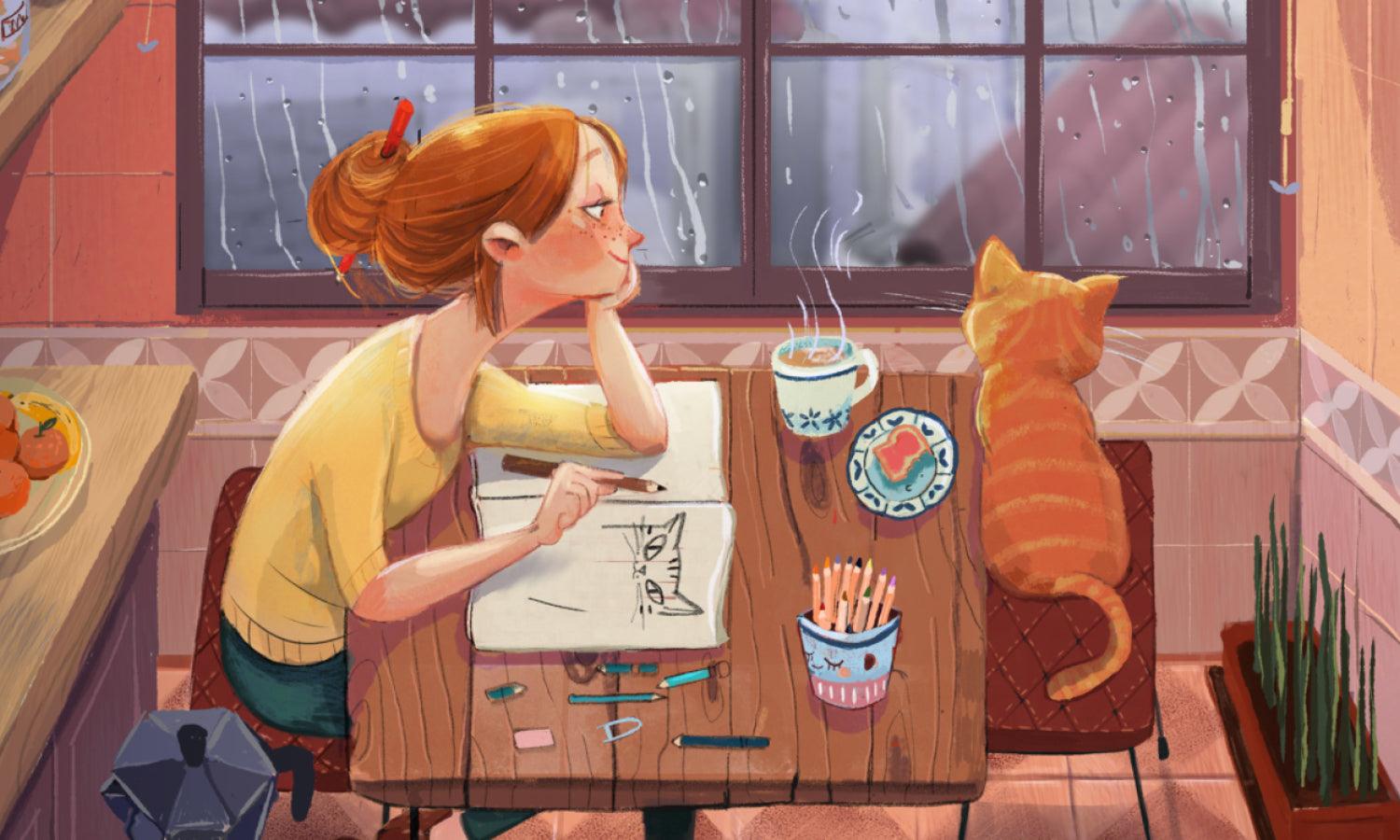

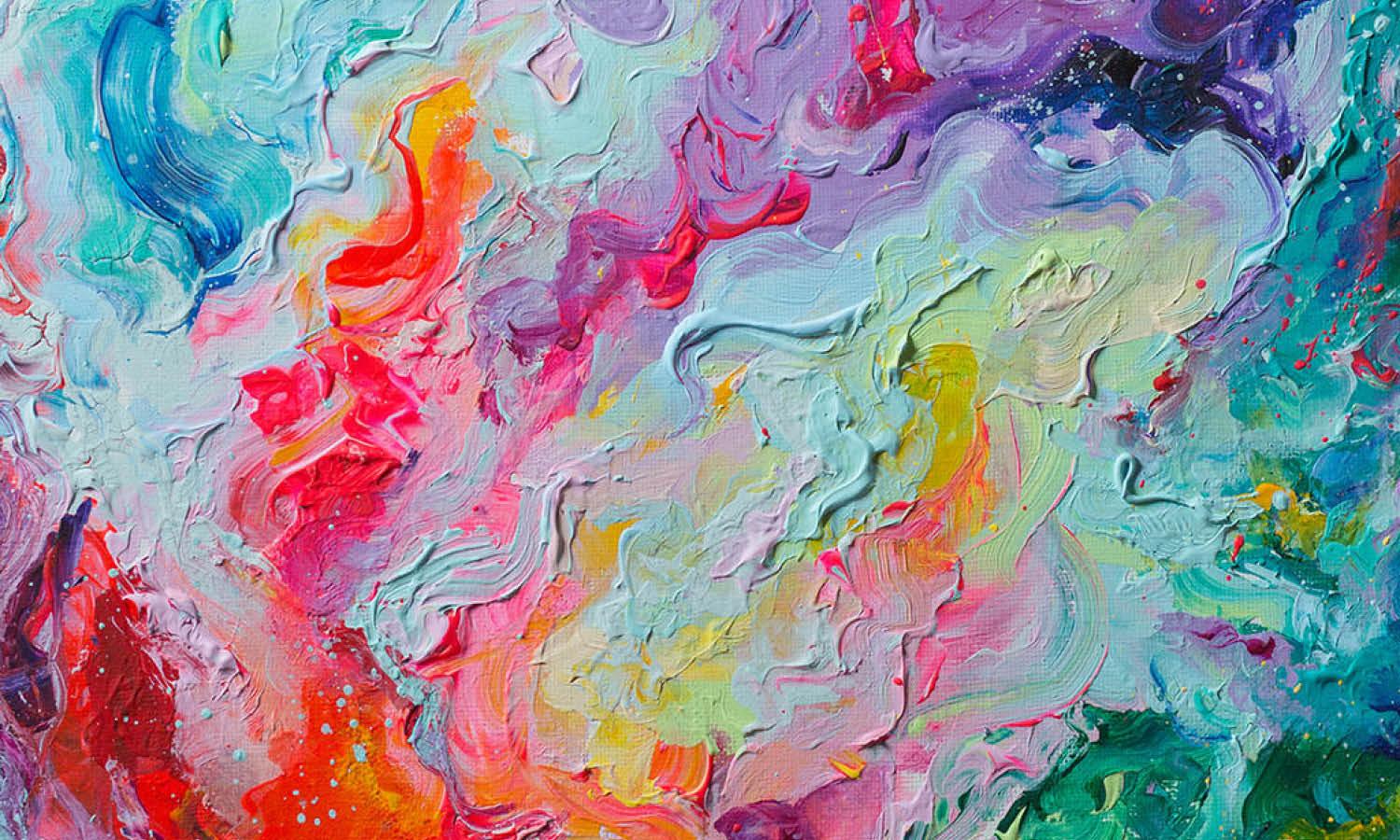
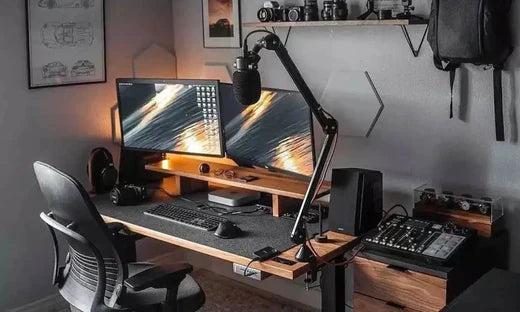

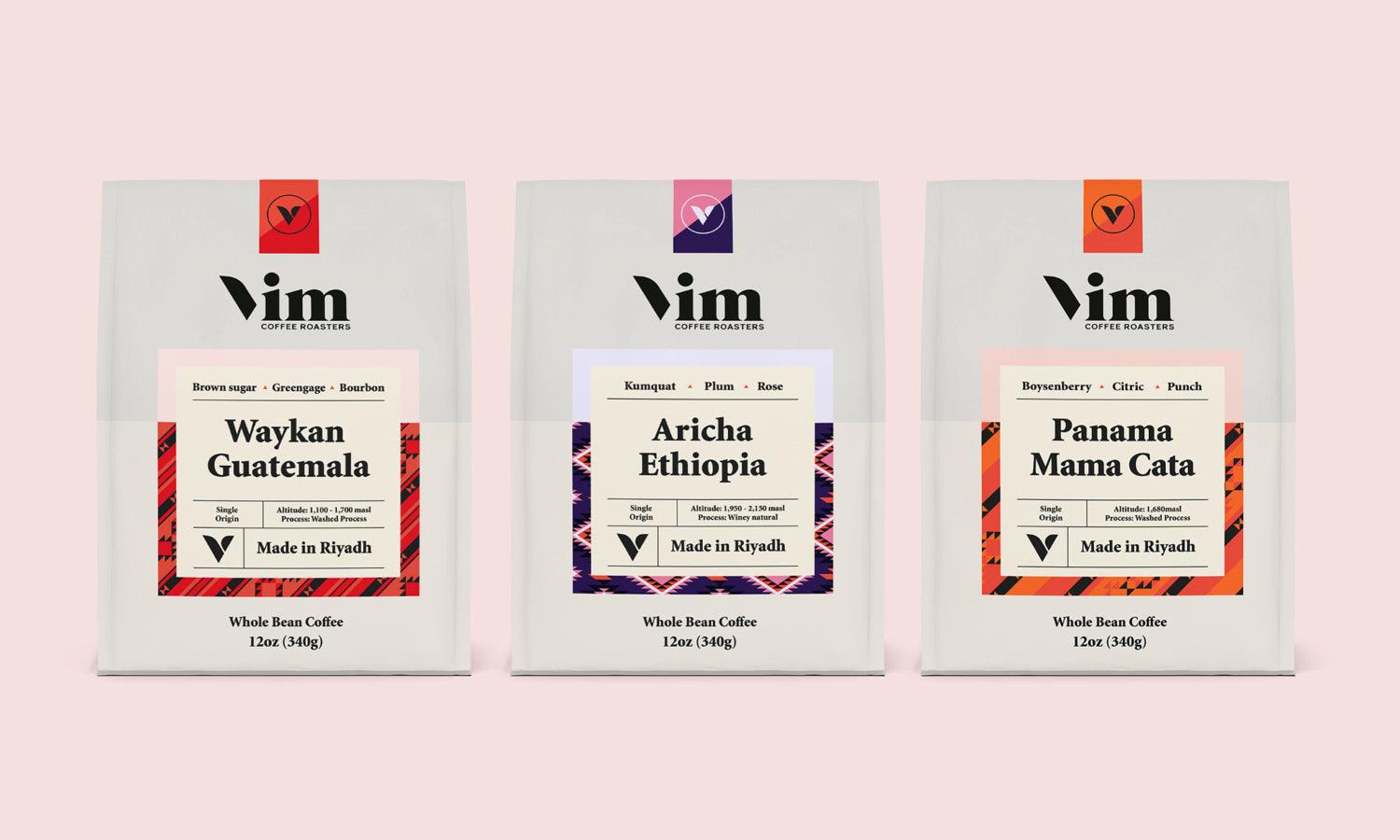
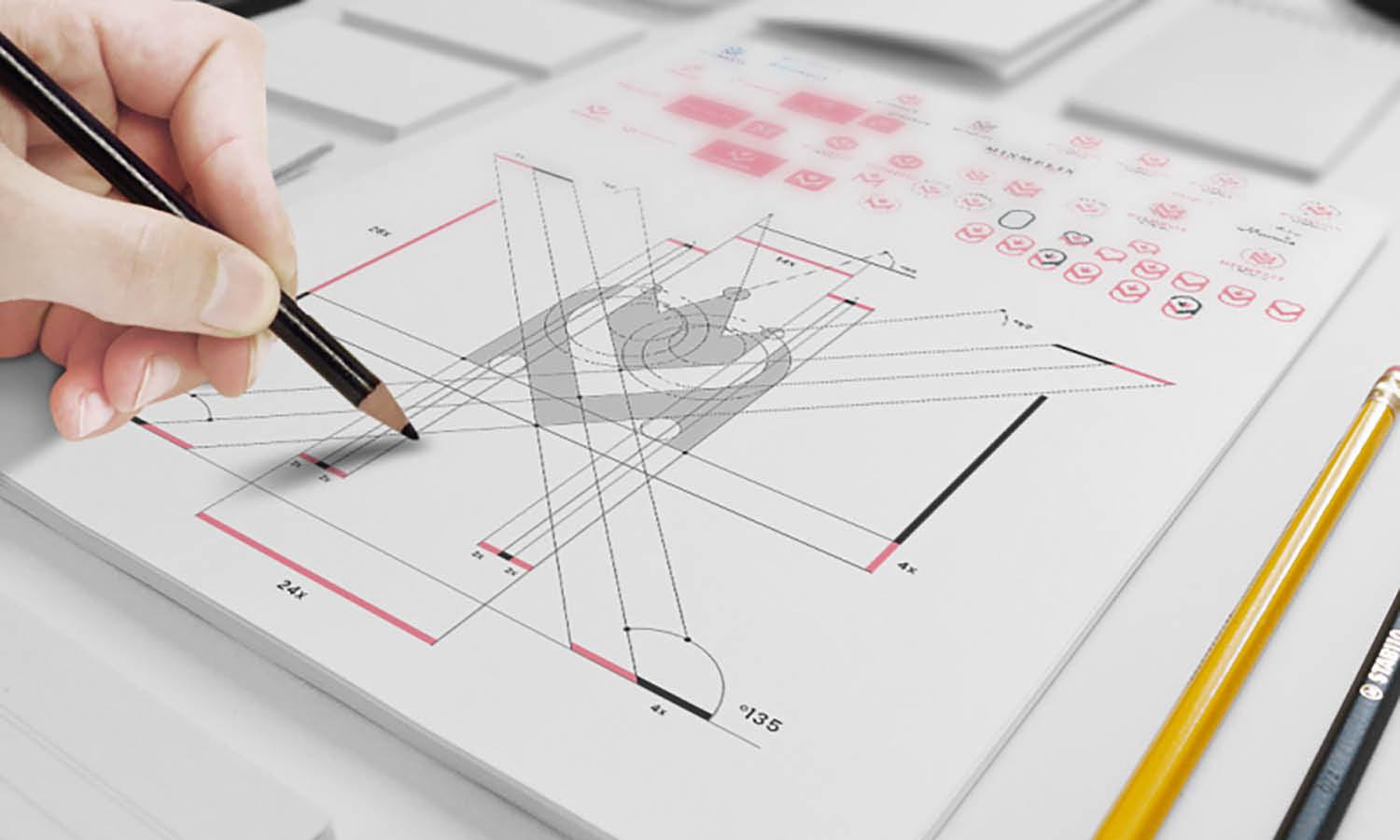







Leave a Comment